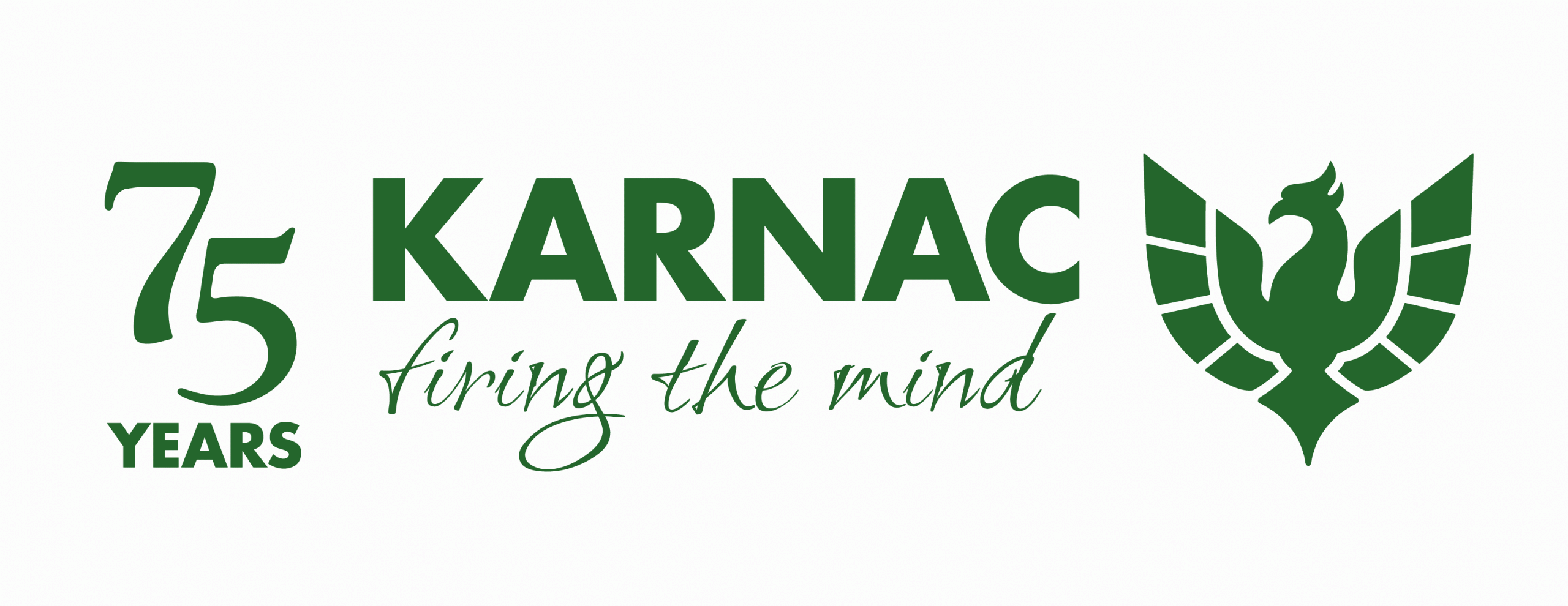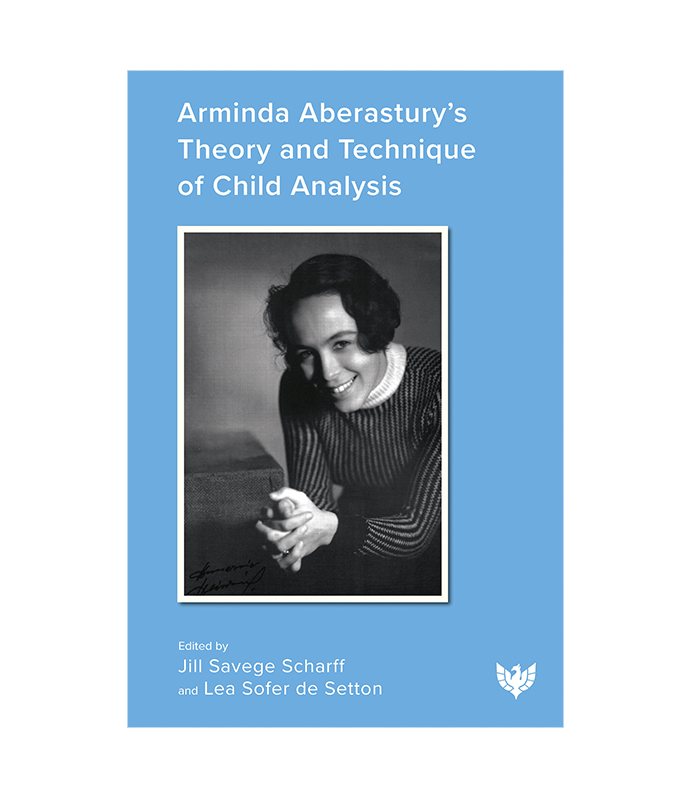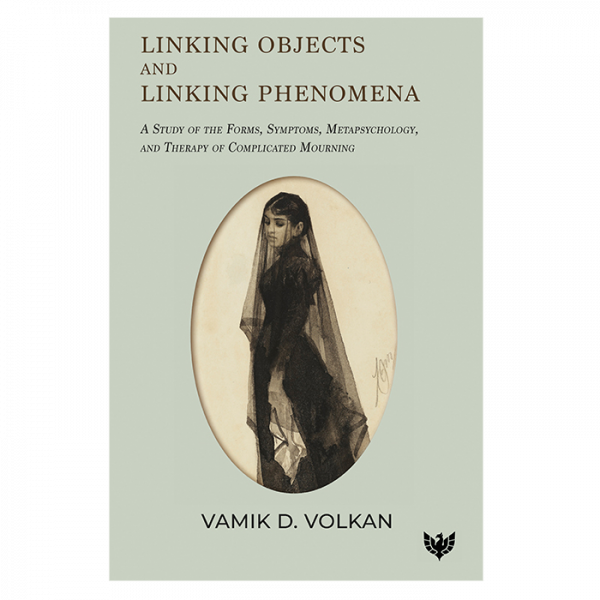Arminda Aberastury’s Theory and Technique of Child Analysis contains a selection of original chapters written by Arminda Aberastury that are each accompanied by a commentary from leading contemporary child analysts to show the continuing global relevance of Arminda’s mid-century work in Argentina. The commentaries are written by authors from all over the world, namely Minnie Dastur, Judith Edwards, Jeanne Magagna, Elizabeth Palacios, Joaquín Pichon-Rivière, Nydia Lisman Pieczanski, Jill Savege Scharff, David E. Scharff, Lea Sofer de Setton, Alan Sugarman, and Virginia Ungar. The book is further enriched by an editorial introduction, Foreword by Virginia Ungar, and personal reminiscences from Arminda’s son, Joaquín Pichon-Rivière.
Arminda is a woman whose voice needs to be heard. She was at the forefront of developing child psychoanalysis in Argentina and created an interdisciplinary approach that influenced other professionals working with children in fields as diverse as pediatrics, pediatric dentistry, law, and education. The impact of her work spread to all over Latin America. This book demonstrates her growth as a child analyst, moving from a Freudian perspective closer to a Kleinian view of the stages of infant development, assisted by her correspondence with Melanie Klein. Within, she provides a summary of Anna Freud and Melanie Klein’s approaches to child analysis and examples of her own continuing research throughout her career. The book is packed full of interesting theoretical concepts and case studies that detail her clinical technique and demonstrate her sensitivity and compassion in her work with children. It is illustrated with black and white photographs of Arminda and line drawings from her work.
Jill Savege Scharff and Lea Sofer de Setton have performed a profound service to the field of child psychoanalysis by bringing Arminda Aberastury to a whole new audience. Her work will inspire a whole new generation of child psychoanalysts and other professionals working with children.





 Jill Savege Scharff
Jill Savege Scharff
Kerry Kelly Novick, co-author of Working with Parents Makes Therapy Work and Freedom To Choose: Two Systems of Self-Regulation –
‘Many thanks to the editors for making Arminda Aberastury’s richly textured practice available in English. In this volume we see how a sensitive and brilliant clinician learns and grows through experience, witnessing her creative use of theory to inform treatment of very ill and very young children. All readers, whether or not one subscribes to her theoretical orientation, will benefit and be stimulated to think harder about each detail of treatment and technique.’
Caroline M. Sehon, MD, FABP, Executive Director and Supervising Child Analyst, International Psychotherapy Institute; Clinical Professor of Psychiatry, Georgetown University School of Medicine –
‘Arminda Aberastury, a pioneering figure in child analysis whose seminal work has been largely inaccessible to English-speaking clinicians, is finally brought to a wider audience through this extraordinary volume. Expertly edited by Jill Savege Scharff and Lea Sofer de Setton, this collection makes Aberastury’s profound contributions available at last. Her rich clinical narratives, particularly her sensitive explorations of play analysis, unconscious fantasy, and parent work, offer invaluable guidance. This book is essential reading for analytic educators, clinicians, and students seeking a deeper understanding of child analysis.’
Anne Alvarez, Consultant Child and Adolescent Psychotherapist, UK –
‘This revelatory book introduces the English-speaking world to the work of a hugely impressive child analyst. The work is profound and sound, and the powerful clinical illustrations are completely persuasive of the importance of this model.’
Otto Kernberg, MD, Professor Emeritus, Weill Cornell Medical College; Training and Supervising Analyst, Columbia University Psychoanalytic Center for Training and Research –
‘It is shocking that this pioneering book, the most important stimulation of child analysis in Argentina and Latin America, published in 1962, that still reflects the most advanced approach to child analytic technique, should only now become available in English, through the outstanding editorial work of Jill Savege Scharff and Lea Sofer de Setton. This work constitutes a unique integration of classical Freudian, Anna Freud, and Melanie Klein based approaches, a sophisticated integration into a dominant Kleinian technique of ego psychological and relational contributions … This technique relates the theory of early child development with the direct interpretation of children’s play as transference manifestations, incorporates dentition as a psychological stimulation of cannibalistic impulses and fears, and points to an archaic phase of genital development linked to masturbatory activity in the second half of the first years of life. It points to the overlap of stages of infantile development and stresses the required work of the child analyst with mother the parental couple, and the family. I believe this book will have a significant impact on the child psychoanalytic field.’
Dr Norberto Carlos Marucco, Training Analyst, Argentina; author of Cura Analitica y Transferencia [Analytic Cure and Transference] –
‘This English translation of Arminda Aberastury’s book on child psychoanalysis is a significant contribution to the field of psychoanalysis. Aberastury’s theoretical position was influenced by her personal engagement with Klein’s ideas on unconscious phantasy and the use of play in child analysis and Enrique Pichon-Rivière’s theory of “the link” which emphasizes the intersubjective dimensions of psychic life. Chapters from her book and commentaries from contemporary analysts show how Aberastury’s synthesis and original work not only shaped the evolution of child analysis but also contributed to the contemporary understanding of unconscious phantasy, which remains central to psychoanalytic practice today.’